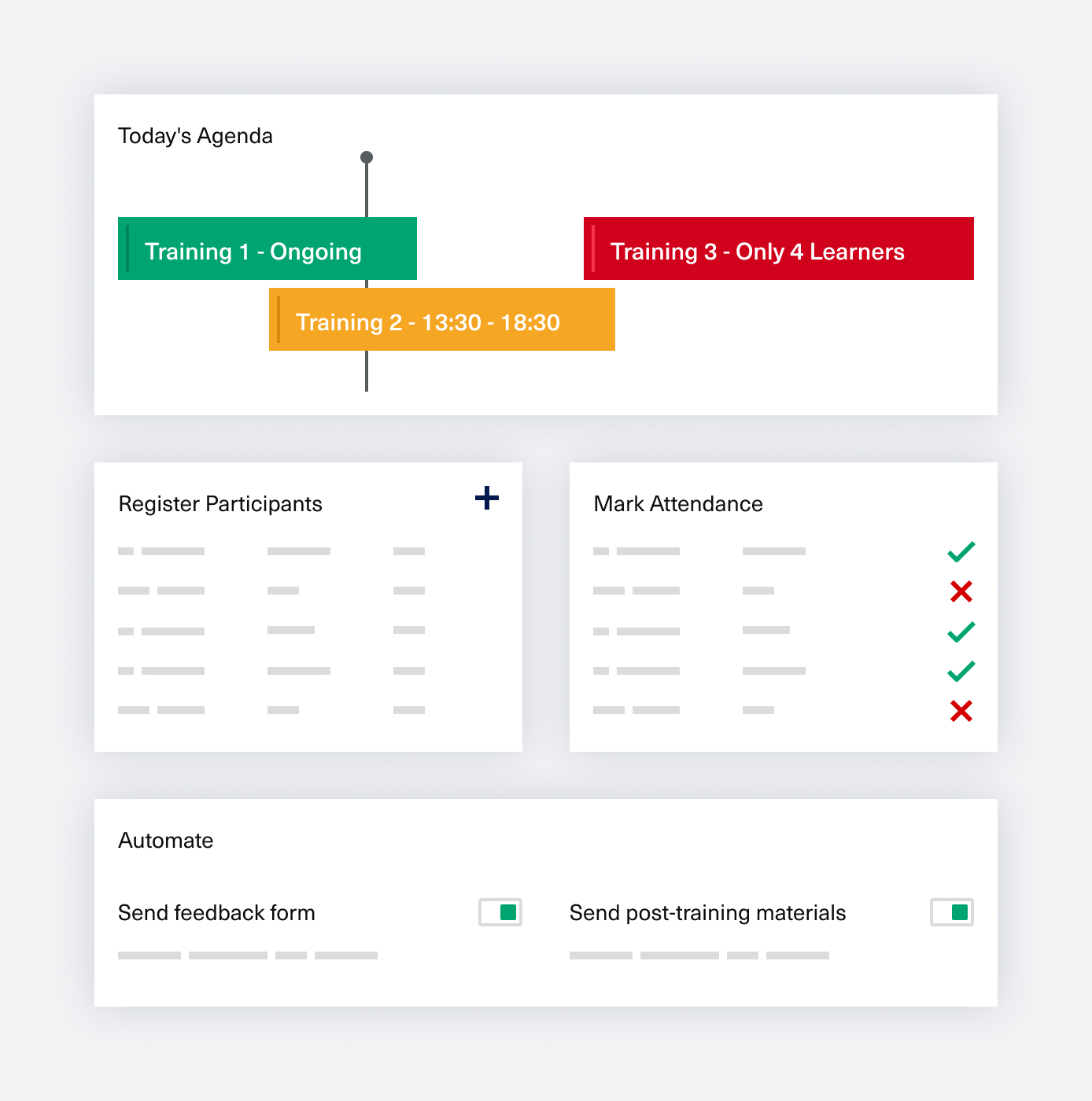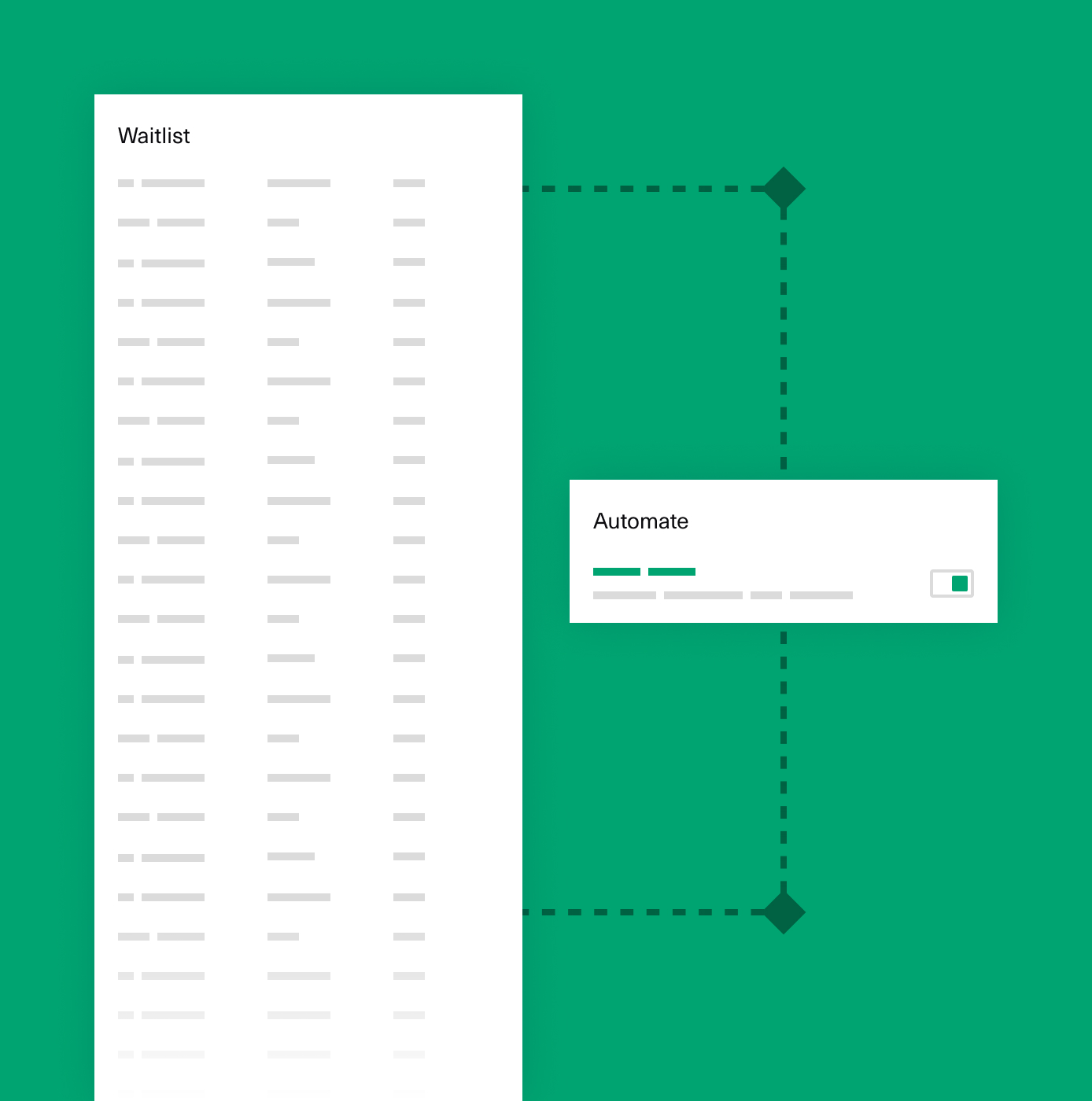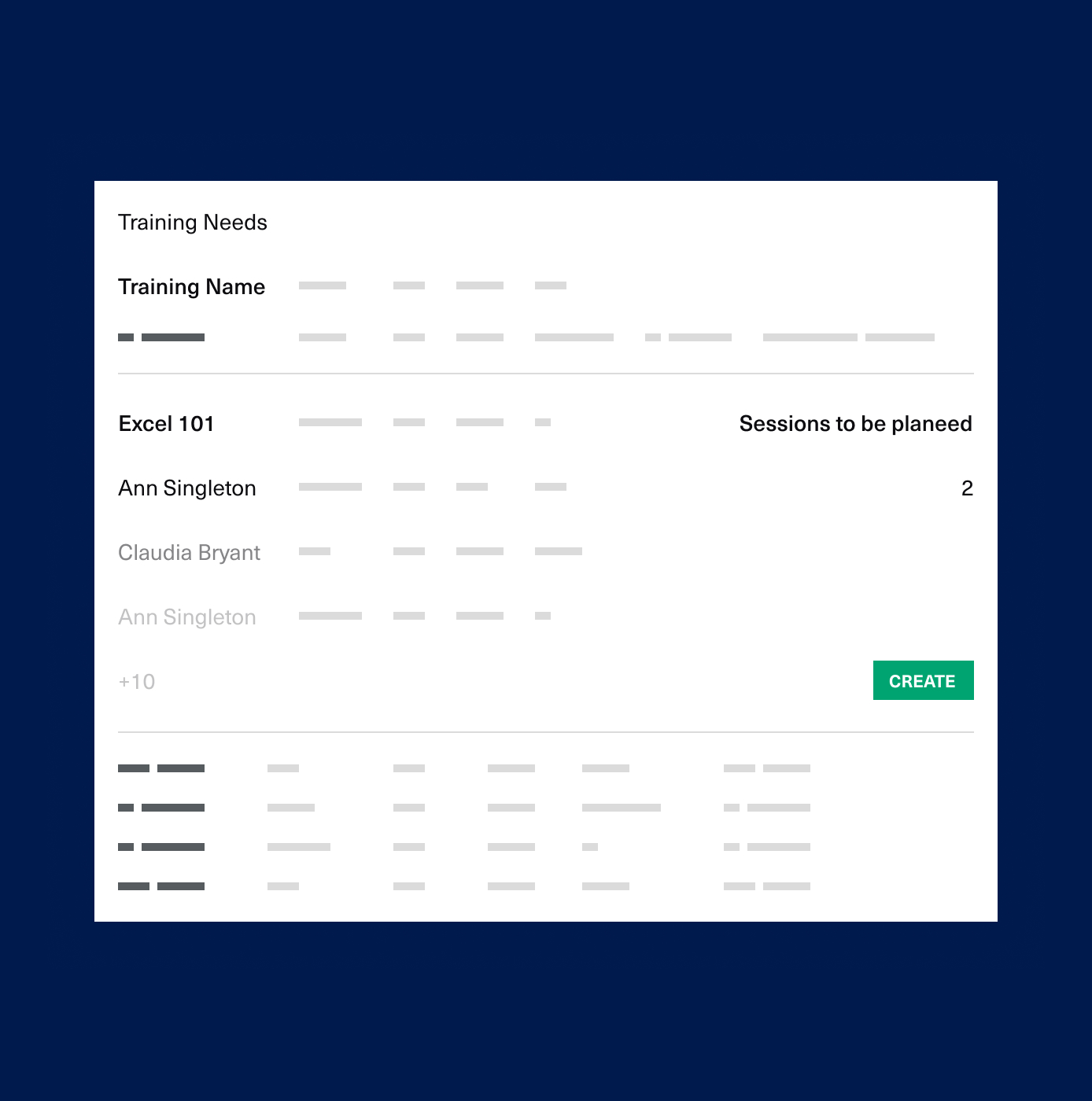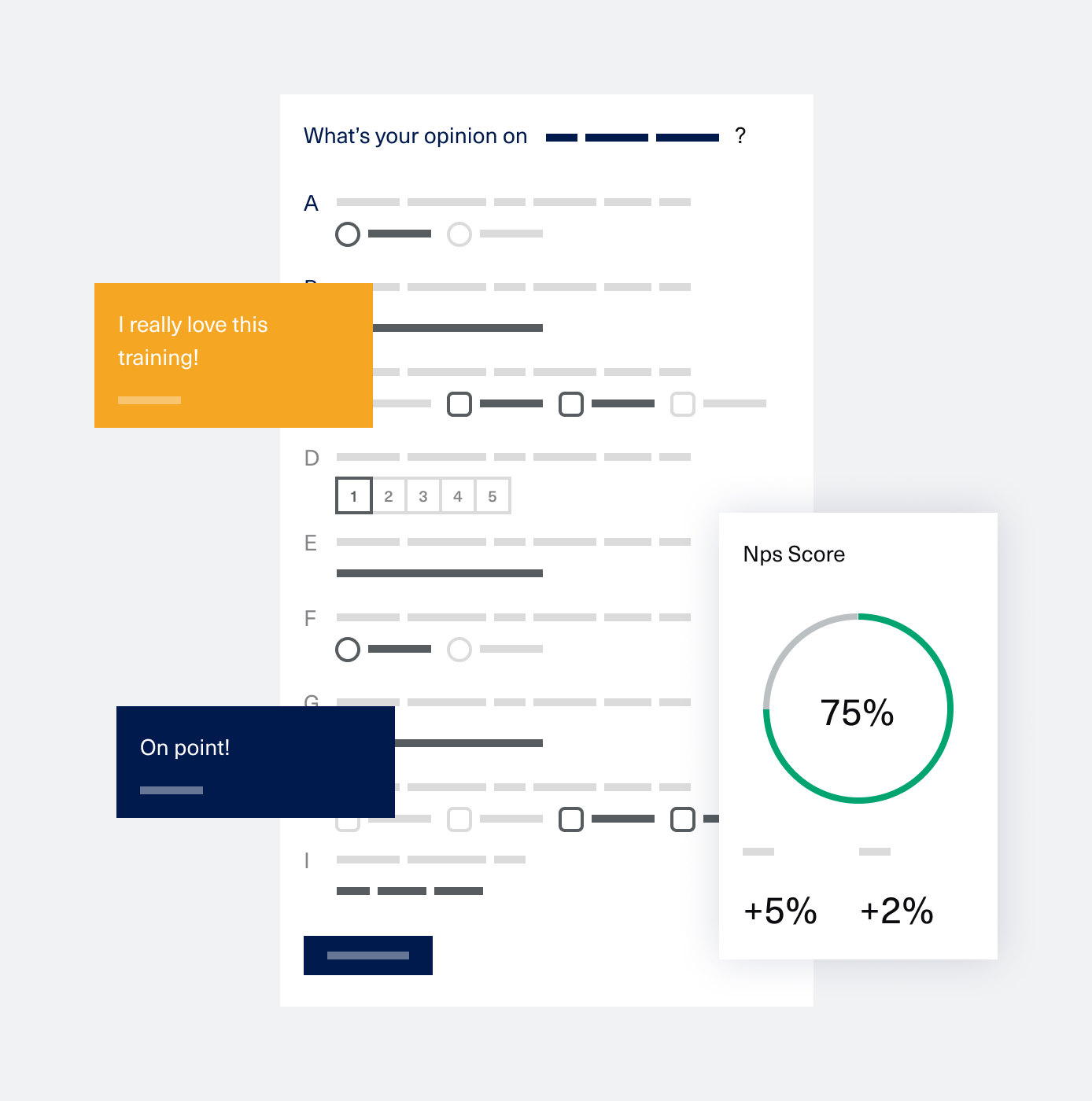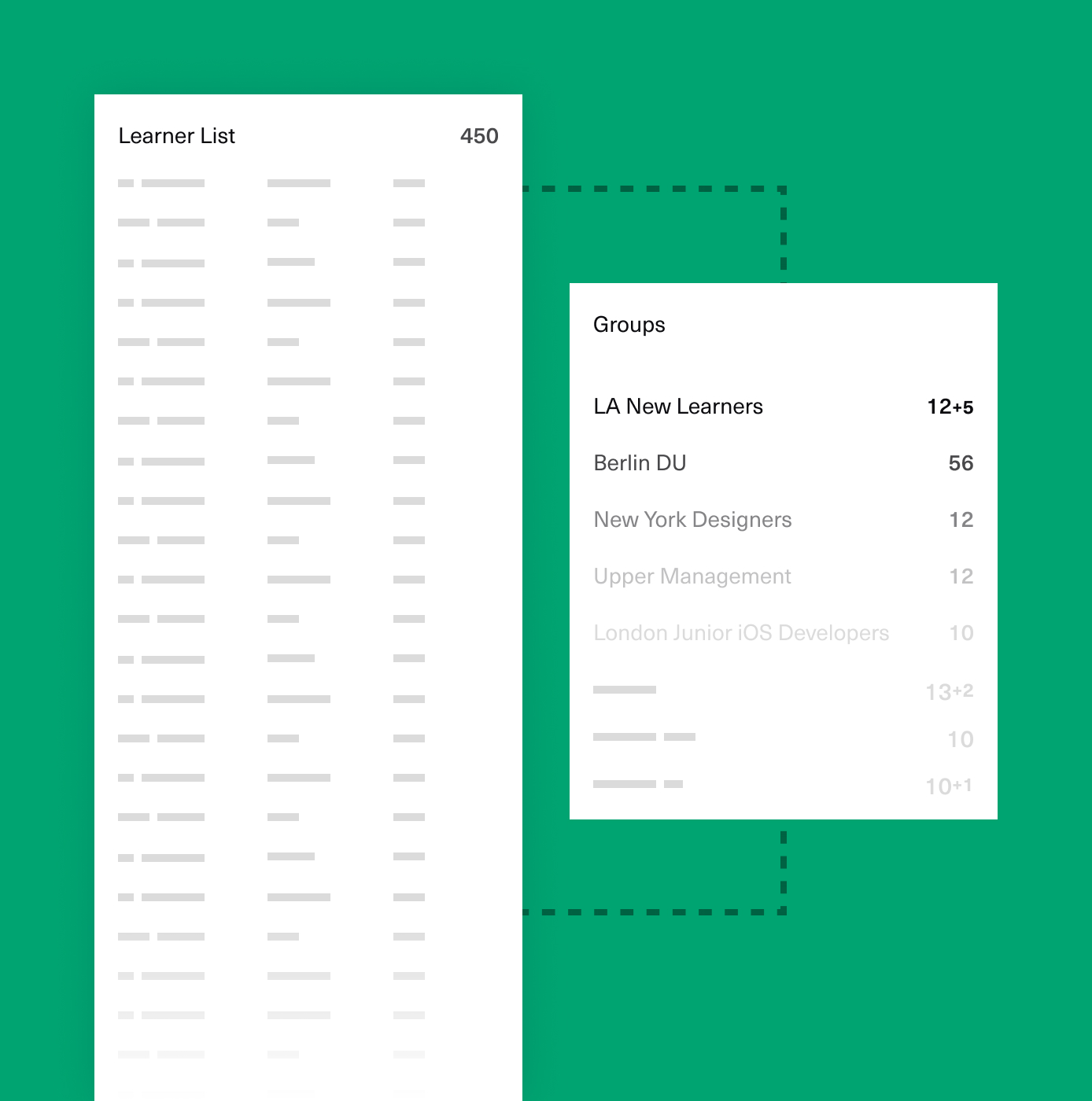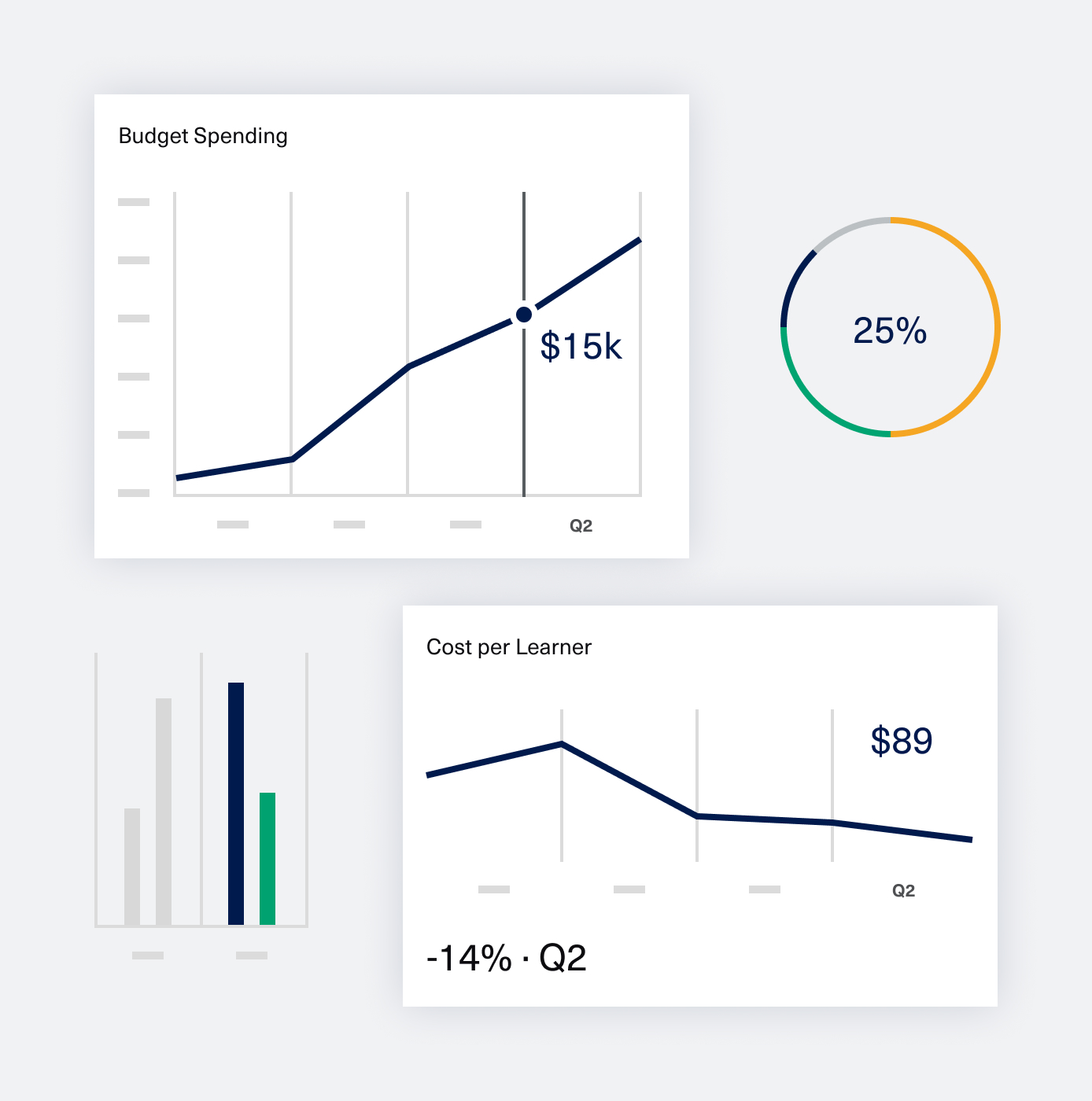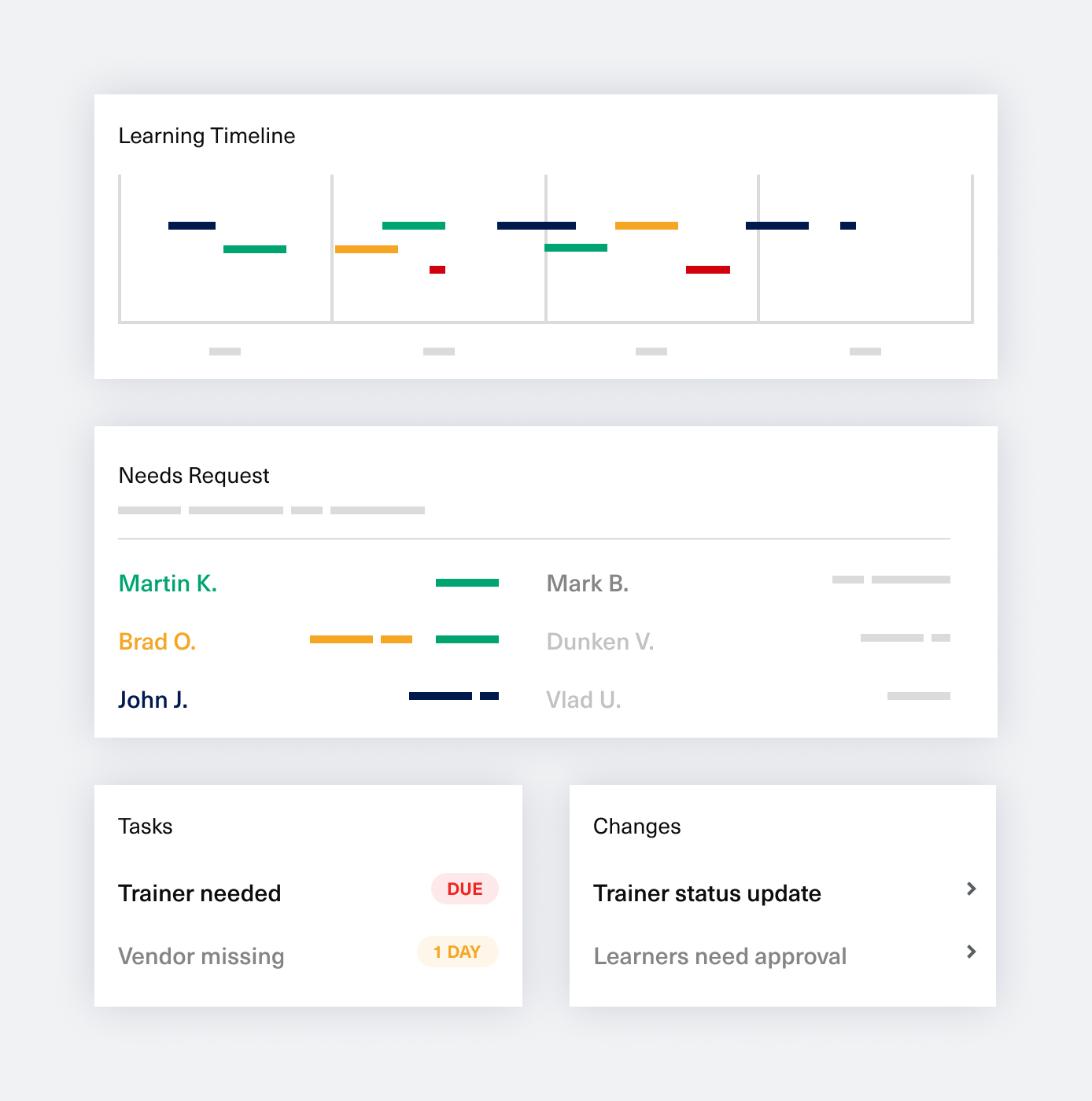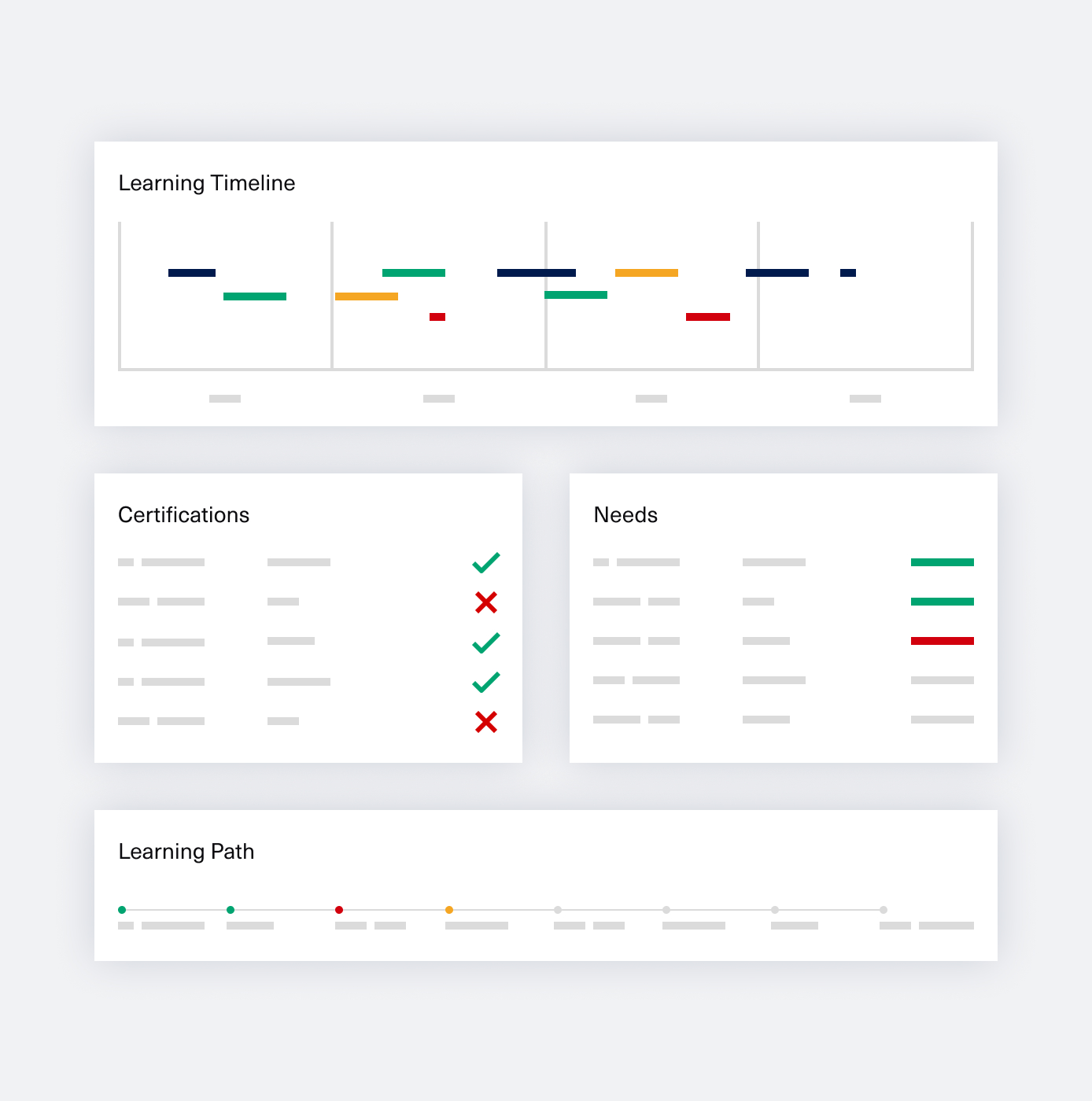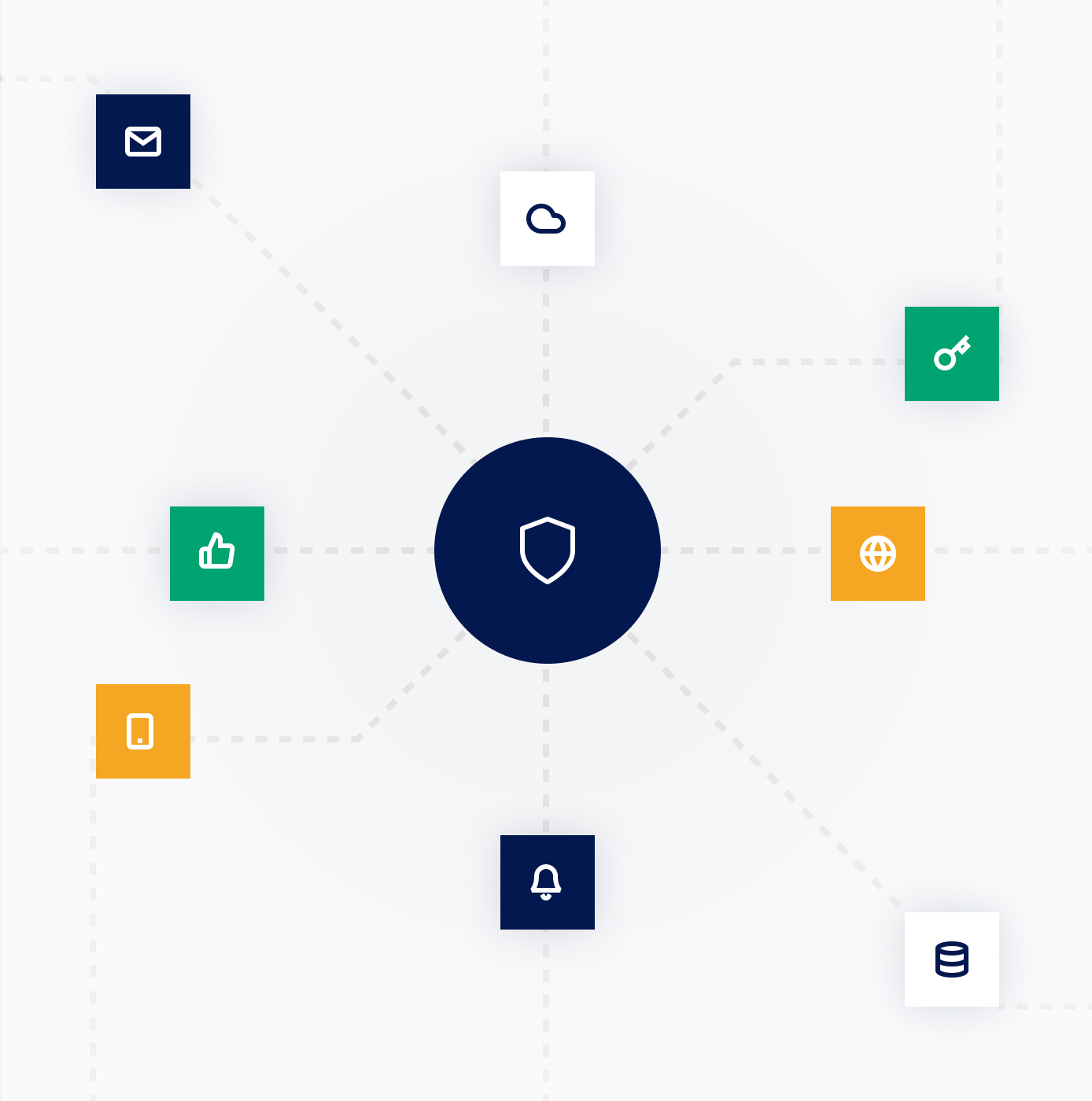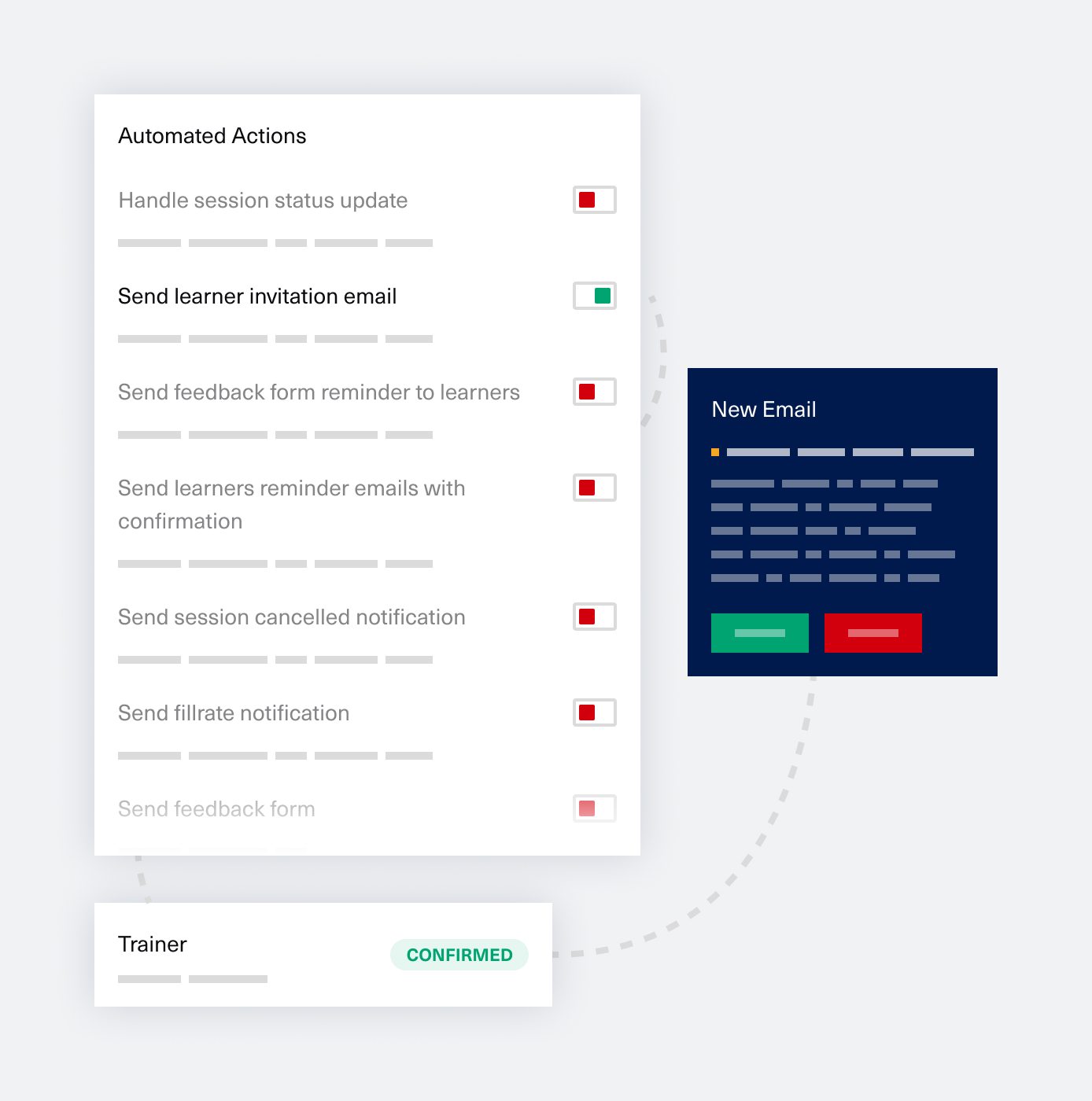With the ever-growing competition for the best talent and the difficult workforce market circumstances triggered by recent global events, employers have started to explore alternative ways to find suitable candidates for open positions. One such method is called ‘quiet hiring’. This approach is by no means new, but it has been gaining popularity as a new buzzword in recent years, especially in connection with quiet quitting and quiet firing. So, what is quiet hiring, and (how) can it help employers find the right people for their team?
What is Quiet Hiring?
Quiet hiring is a recruitment process that involves searching for, interviewing, and hiring candidates without any external publicity. Employers do not advertise the job opening through job boards or websites, nor do they use social media to find candidates. Instead, they reach out to potential candidates through their existing networks, such as friends, family, and acquaintances, or by looking at current staff and exploring ways to maintain the headcount while covering more or different types of roles. As a result, quiet hiring can be both a blessing and a curse simultaneously, and it’s a delicate situation that organizations must navigate carefully.
What kind of business circumstances could require quiet hiring?
Several business circumstances could prompt the need for quiet hiring. When companies are looking to fill a position quickly and do not have time to wait for applications to come in, they can shorten the sourcing chain and approach candidates directly. Quiet hiring can also be helpful when a company needs to fill a position with a specific set of skills or experience, making it challenging to find the right candidate through traditional methods. There can also be a situation where a company wants to fill a position without creating a competitive situation for potential candidates, which quiet hiring can prevent from happening.
There are also less fortunate business circumstances that can lead companies to opt for this approach. For example, quiet hiring might be the only option if a company is trying to fill a position quickly because of a sudden departure or hiring freeze. Or, when a company has experienced reputational damage and is trying to hire new employees without drawing too much attention to itself, it could resort to non-traditional methods of attracting talent. And in some cases, when the market is highly competitive, quiet hiring may be the only way to find and persuade the best candidates, as all other methods might already be exhausted.
A company can also use quiet hiring when it needs to fill a position without drawing too much attention from the media or competitors, for example, when a senior executive or a key role needs to be replaced, and it might impact the stock price or potential funding rounds. Or suppose a company needs to fill a position that requires a high level of confidentiality, such as in the finance or legal departments; in that case, quiet hiring might be the only option.
Probably the most challenging situation that could require quiet hiring is having to use the same headcount to fulfill multiple roles at the same time as a result of sudden changes in a business’s financial or hiring circumstances. One positive outcome is that you wouldn’t incur the typical costs associated with a lengthy hiring process, which is likely not an expense that the company can afford in such circumstances anyway.
When this scenario happens, if employees can’t expect to be compensated fairly for the extra effort, it can be highly damaging to morale in the workplace. Employees may feel taken advantage of, as their hard work is not recognized; this can lead to a lack of motivation and productivity and an increase in turnover as employees feel that their contributions are not valued. Ultimately, it can lead to resentment and conflict between employees and management. It’s crucial that such situations are communicated openly, with sufficient advance notice, and that the company invites employees to contribute as volunteers rather than forcing their hand. If the company can’t afford financial compensation right now (or at all), it should provide other types of benefits or rewards that employees can choose from; these can be time off, changes in their benefits, or more flexibility in the work schedule. We already know that people are far more willing to help solve a problem when they understand the big picture and how their contribution makes a difference.
What impact does quiet hiring have on organizational trust?
Organizational trust is essential for any business to succeed, and quiet hiring can significantly impact it, both in a good and bad way. When a company hires candidates without advertising the positions, it gives the impression that it looks out for its employees and is always willing to go the extra mile to find the right candidate. Overall, this creates a sense of loyalty and trust among the employees, which results in increased job satisfaction and morale. But this can only happen in a company that already has a high level of trust, is internally very transparent, and all employees agree that the approach produces good hiring results – aka “everyone is in on it”, and it repeatedly works out for the best.
However, if the organization already has some trust issues, no matter how small, quiet hiring can backfire quickly. It can, in some cases, even become a matter of reputation that snowballs into even more significant problems. With people’s unmitigated access to information online and whistleblowers always being able to reveal their working circumstances anonymously, companies’ best approach is honesty, even if we are talking about difficult business circumstances.
How can companies use quiet hiring while maintaining a good company culture?
When it comes to quiet hiring, companies should involve the team that will be working with the new hire in the recruitment process and ensure that their values and the company’s mission are considered when selecting the candidate. Additionally, companies should check that the candidate is a good match for the team and the role before hiring them, regardless of whether you’re looking for culture-fit or culture-add.
And, as already stated before, quiet hiring is often a sensitive matter. It’s a situation when asking for permission far outweighs asking for forgiveness – ensuring that the people involved are aligned on the goals they must achieve and that the communication approach is coherent and consistent with company values is essential. Employees’ reactions can vary widely, from a positive response all the way to resentful rejection or outright mutiny.
Of course, you can’t expect to cover all your bases completely, but, likely, the circumstances requiring you to hire quietly are already complicated enough. Thus, you should treat the situation carefully and anticipate both positive and negative reactions.
What does quiet hiring have to do with Learning & Development?
There are multiple touchpoints and overlaps between the L&D and Talent Acquisition strategies (or, at least, there should be). As a general rule, they should be fully aligned, and neither group should offer any unpleasant surprises to the other. L&D, from a position of receiver of information and new joiners from TA (whether new to the company or just to the new roles), can help the quiet hiring process be adequately received by the organization, depending on the circumstances that led to this situation.
Quiet hiring can help to build a more diverse and qualified workforce, as it provides a company with access to a broader range of talent, which can help to ensure that staff has the right skills and knowledge needed to excel in their roles. Hunting for experts in the various fields required to keep the business moving forward can help create a superteam of innovators, builders, challengers of the status quo, and empaths. This can help create an environment where employees feel comfortable and supported to learn, grow, develop their skills and come up with ideas.
However, when talking about quiet hiring as a reaction to a crisis, L&D can support the organization in the following ways. First of all, understanding what kind of roles are targeted and preparing specific content that supports the quick and effective acquisition of skills for the “emergency” roles is crucial. A standard onboarding process might not be helpful here. Still, the ability to create a coherent short-time-to-productivity program can make or break someone’s success in a particularly challenging new role. That’s why organizations should have adequate means of identifying skill gaps and creating or curating content and activities that address those skills specifically and quickly. There’s little room for useless, content-heavy programs or courses if the company can’t afford any dip in productivity or accuracy of work to be delivered.
To be prepared for such situations, I believe it’s essential that L&D teams have tailored onboarding programs for the various roles present in the organization and that they build these programs with measurable impact and effectiveness in mind. To name some examples:
- For sales roles, the critical KPI is how quickly the new sales rep can start closing deals.
- For a customer support role, you can focus on the number of successfully solved tickets or customer satisfaction ratings.
- For a marketing professional, you can talk about lead conversion rate or the success of ad campaigns.
The overarching message I am trying to send here is this: if the L&D team has a strong focus on impact and a good track record of implementing impact-centric programs, it will be better prepared for situations when they have to deliver learning in new or urgent circumstances.
Another way L&D can help is by creating supporting learning materials that help people at all organizational levels understand the current situation. Navigating stress, working under pressure, or in a confusing, seemingly chaotic environment puts a lot of strain on employees. Knowing how to handle this stress is a learnable skill; this is where L&D can play a crucial role. Again, fostering organizational trust is essential here: the information prepared, how it is delivered, and, more than anything, the alignment between what the company practices and what it preaches are essential. Any misalignment here can create a chasm between what the company expects to achieve and what employees are willing to do to support this goal. L&D can help create learning material that clarifies and reinforces in an articulate, meaningful way any demands and expectations that the strategic decision-makers have regarding the business necessity, criticality, and impact of the work to be done. This way, learners understand why such actions are needed, will take the job seriously, and can make informed decisions about their participation.
One thing, in particular, is essential: since employees are always free to quit, there should be no mention of pressuring people into new roles or mandatory work. It’s undeniably better to have everyone contribute as much as they can, wholeheartedly, as volunteers even, because they understand the situation, rather than having disgruntled people not doing the much-needed work while also not quitting and, worse still, spreading rumors (which, as you may know already, is called quiet quitting).
In Conclusion
Quiet hiring is a method that goes around traditional recruitment practices, such as posting jobs publicly and sourcing candidates from LinkedIn or other well-known platforms, often to fill critical positions in the company. While it can be beneficial in certain situations, for example, as the go-to method to recruit for the company – which highlights the importance this organization places on finding the right talent, companies must ensure that they maintain a good company culture while using this approach. Honesty and transparency lead to better outcomes, especially in challenging business circumstances. L&D’s contribution is to help the new joiners feel welcomed, informed, and armed with all the necessary tools to start doing meaningful work as early as possible.


